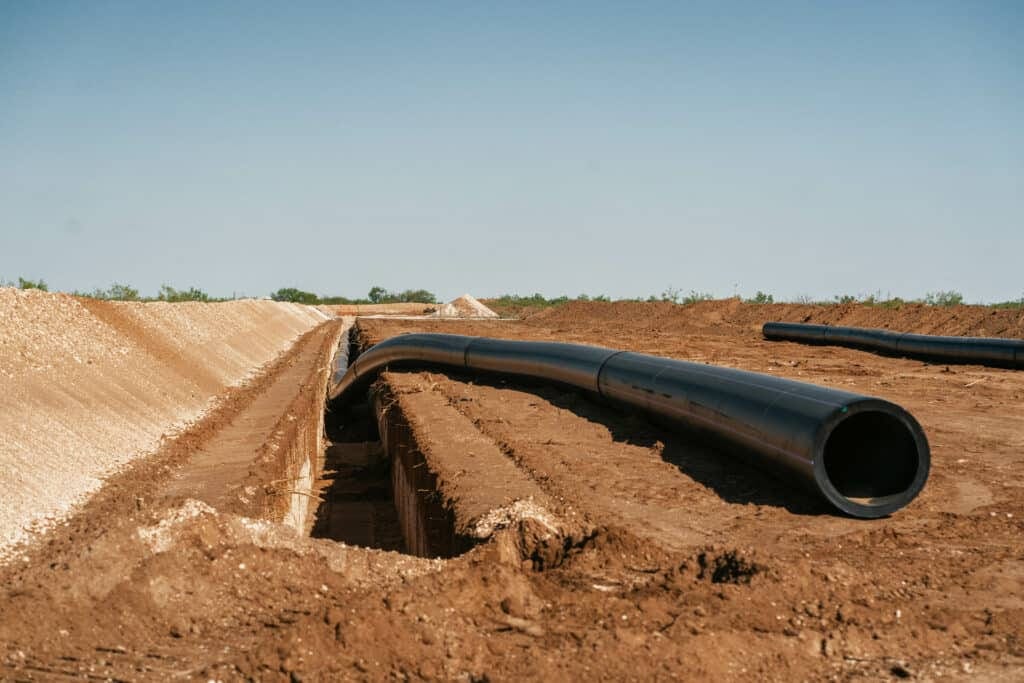Uranium, a silvery-white metallic element, is essential in the production of nuclear energy. As global interest in clean energy sources increases, the significance of uranium mining has garnered substantial attention. This blog post delves into the intricate processes involved in uranium mining, the geographical distribution of uranium deposits worldwide, and the leading companies operating within this sector. dcpipe pipeline expert

The Uranium Mining Process
The uranium mining process consists of several stages, each critical to ensuring safe and efficient extraction. The primary steps include exploration, extraction, processing, and rehabilitation.
1. Exploration
Uranium mining begins with exploration, where geologists use various techniques to identify potential uranium deposits. This phase involves geological surveys, geophysical methods, and geochemical analyses to assess the likelihood of ore deposits. Core drilling and sampling are also employed to determine the concentration of uranium and its viability for economic extraction.
2. Extraction Methods
Once a viable deposit is confirmed, the extraction process begins. There are primarily three methods used for uranium mining:
- Open-Pit Mining: In this method, surface layers are removed to access uranium-rich ores located closer to the surface. Open-pit mining is suitable for deposits that are relatively shallow and allows for the efficient extraction of larger quantities of ore. However, it can have significant environmental impacts, including habitat destruction and groundwater contamination.
- Underground Mining: When uranium deposits are located deeper underground, underground mining is employed. This technique involves constructing shafts or decline ramps to access ore bodies. While this method minimizes surface disruption, it poses significant engineering and safety challenges, contributing to higher operational costs.
- In-Situ Recovery (ISR): A relatively newer method, ISR involves injecting a solution directly into uranium deposits located deep underground to dissolve the uranium, which is then pumped to the surface for processing. This technique is often favored for its lower environmental impact and reduced surface disturbance.
3. Processing
Once uranium ore is extracted, it undergoes processing to separate and concentrate uranium from other materials. This typically involves crushing the ore, followed by a series of chemical processes, including leaching, precipitation, and drying. The end product of this process is yellowcake (U3O8), which contains a high concentration of uranium oxide.
4. Rehabilitation
The final phase of uranium mining is rehabilitation, where mined areas are restored to minimize environmental damage. This process can involve returning disturbed soil, replanting native vegetation, and monitoring the site for potential contamination. Effective rehabilitation is vital to mitigate the long-term impacts of mining on ecosystems and local communities.
Geographic Distribution of Uranium Deposits
Uranium deposits are distributed globally, with significant concentrations found in specific regions. The leading countries in uranium production include:
- Kazakhstan: As the largest producer of uranium in the world, Kazakhstan relies heavily on in-situ recovery methods. Its vast deposits in regions like the Chu-Sarysu Basin have positioned the country as a key player in the global uranium market.
- Canada: Known for its high-grade uranium deposits, particularly in the Athabasca Basin, Canada has produced some of the world’s richest uranium mines. The country is recognized for its stringent regulations and safety standards in mining practices.
- Australia: Home to major uranium mines like Olympic Dam and Ranger, Australia is among the top producers of uranium globally. The country boasts significant reserves, and its regulatory framework emphasizes environmental sustainability.
- Namibia: With deposits primarily located in the Erongo region, Namibia is one of Africa’s largest uranium producers. The Rossing and Husab mines are notable contributors to the country’s uranium output.
- Russia: A substantial player in the uranium market, Russia has extensive reserves and is involved in uranium exploration and production across its vast territories.

Leading Uranium Mining Companies
Several companies dominate the uranium mining industry, each playing a pivotal role in the global supply chain. Some key players include:
1. Kazatomprom
Kazatomprom is the national atomic company of Kazakhstan and the world’s largest producer of uranium. Utilizing primarily in-situ recovery methods, Kazatomprom has been instrumental in advancing uranium mining technologies and promoting sustainable practices.
2. Cameco Corporation
Based in Canada, Cameco is one of the largest publicly traded uranium producers globally. The company operates several high-grade mines in Canada, including the Cigar Lake and Rabbit Lake sites. Cameco is known for its commitment to safety and environmental responsibility, implementing rigorous practices throughout its operations.
3. Energy Fuels Inc.
Energy Fuels is a leading uranium mining company in the United States, with a focus on producing uranium, vanadium, and rare earth elements. The company operates the White Mesa Mill, which plays a crucial role in processing uranium and recycling materials from previous mines.
4. Paladin Energy
An Australia-based company, Paladin Energy operates several uranium mines in Africa, including the Langer Heinrich Mine in Namibia. The company has a strong focus on sustainable mining practices, engaging in community development and environmental stewardship.
5. Uranium One
A subsidiary of Rosatom, Uranium One is a significant player in the global uranium market, with operations in Kazakhstan and the United States. The company emphasizes safety and sustainability, working to reduce the environmental impacts of its mining activities.
Conclusion
The uranium mining sector is a complex interplay of technology, regulation, environmental stewardship, and community engagement. As the demand for nuclear energy rises in an increasingly energy-conscious world, the importance of safe and responsible uranium mining cannot be overstated. Understanding the processes involved, the geographical distribution of resources, and the companies leading the charge is essential for anyone interested in the future of nuclear energy and its role in sustainable development.
As we move towards a more sustainable and diversified energy landscape, uranium mining will continue to play a pivotal role in meeting global energy needs, all while being challenged to adapt to environmental considerations and community expectations. dcpipe pipeline expert

